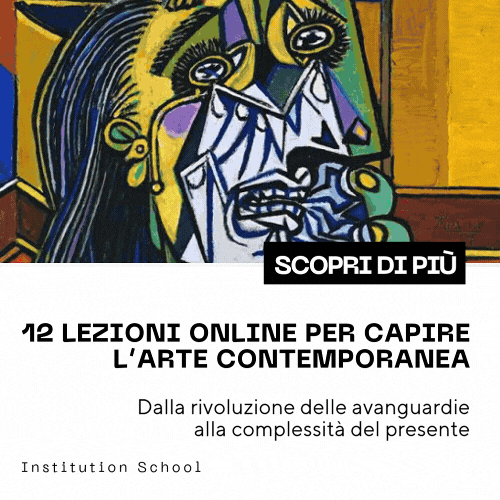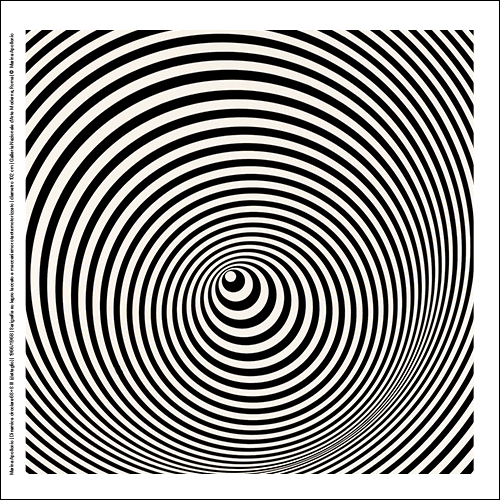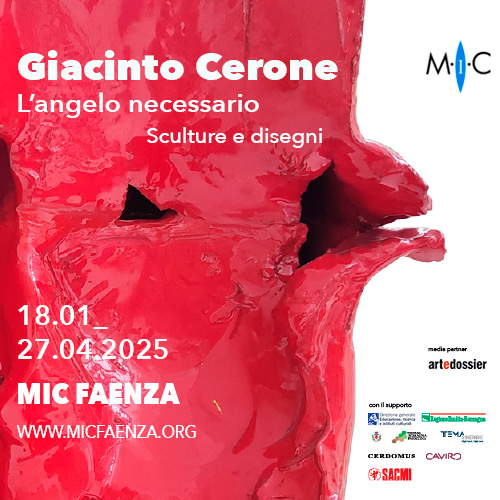Which 20th-century Italian artists are most in demand on the market: talks Susanne Capolongo (Pandolfini auctions)
How is the market for modern art doing in Italy? Are collectors interested in the twentieth century? Which artists are pulling the most? Is it possible to build a collection even with little budget at hand? And what should people who want to start a collection of twentieth-century art do? We discuss these topics with Susanne Capolongo, department head of Modern and Contemporary Art at Pandolfini auctions. The interview is by Ilaria Baratta.
IB. Let’s start with current events: in June, you awarded a Ligabue for over 470,000 euros, a record for the artist. Meanwhile, I imagine great satisfaction. How did you work to make this achievement possible?
SC. It is actually a work that has been going on for years, precisely since 2019 with the sale of Antonio Ligabue’sSelf-Portrait in the auction Modern Found Treasures from a Private Impressionist Collection and Masterpieces, which was awarded 349,100 euros. Since 2019 I have held the role of department head, and just after the above-mentioned auction, relationships with collectors from all over Italy and, to date, I would even say international, have been consolidated. The works that have passed through our auctions so far all come from private collections that historically had direct relationships with Ligabue. Let me give you an example: a few years ago I had another Self-Portrait (which sold for 175,000 euros) that came from the heirs of the mechanic whom Ligabue relied on for repairs on his precious Moto Guzzi. Each work has its own story to tell. We are thrilled with the results and wish ourselves a hundred such successes (Pandolfini is celebrating its 100th anniversary this year).
In the same auction, but also on other occasions, the Futurists also had interesting results. On futurism, how has the market been moving lately?
The market has been rediscovering the Futurism and Second Futurism movement for a few years now, with a focus on Aereopittura, and we see this in the excellent results for the works offered in our catalogs. In the last two auctions I have had two interesting works by Marasco, an artist who is still little known, which obtained surprising results: in June a painting from 1929 was sold for 63,000 euros while the one presented in December 2023 sold for 42,840 euros. Certainly, the interest on the part of collectors and the market also stems from the exhibition proposals organized in recent years both in Italy and abroad; in fact, international collectors also show particular interest in this artistic period.
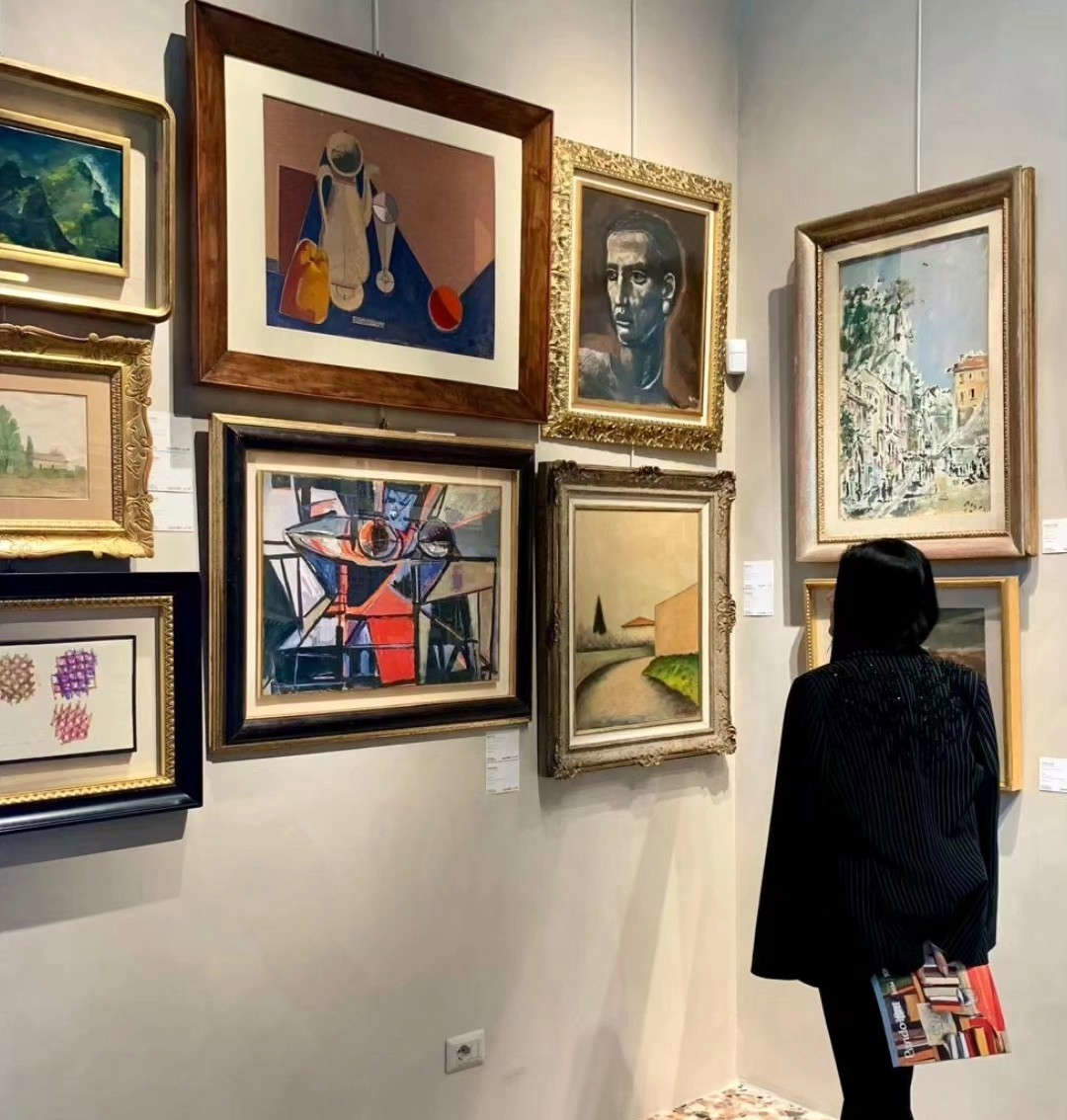
Which artists in general are most in demand in your modern and contemporary auctions?
On average in our auctions we award 85 percent of the works presented in the catalog, which means that the public finds our proposals interesting both for quality and historicity. The catalogs always feature works that are very diverse in terms of period, technique and history. There may be works by highly sought-after artists (see Salvo Mangione), or works by artists that collectors have forgotten and are rediscovering, as happened in the July auction for the Pinot Gallizio painting. Each auction is a story in itself; each work has its own story. In 2023, in the auction field, 67 of the top 100 auction results are related to figurative works, from Ligabue to De Chirico, from Balla to Sironi, from Capogrossi to Tancredi, to works by Lucio Fontana, as well as Alberto Burri and Alighiero Boetti. Among contemporaries, I would consider the ceramic works of Luigi Ontani and Bertozzi&Casoni, which have been rediscovered by the public for a few years now, and I mention the sculpture we sold in June by Luigi Ontani(ErmEstetica NeronEros) that was sold for 144,900 euros.
You have been with Pandolfini for five years: what has been your greatest satisfaction to date?
I would say improving from time to time the quality of the works presented and the quality of the catalog we produce, trying to provide as much information as possible. We ascertain authenticity and historicity, we always try to create the catalogs with care, accompanying the works with historical texts and images. We try, in general, to maintain a high quality, which is always in my opinion attractive to both the person entrusting the works and the buyer.
Who is your average client, in the modern and contemporary sector? What age is he, what work does he do, how much does he buy in a year...? ?
Usually a freelancer or at least a mid- to high-level figure from a professional point of view. In recent years, new generations have also come on board who are not only interested in contemporary art, but also look at the figurative twentieth century with great interest.
Do you also have a lot of clients abroad? Who is the foreign collector who buys from Pandolfini?
Yes, absolutely, from all over the world including the East and Africa, always private individuals or insiders dealing in Italian art abroad.
In your opinion, what problems and opportunities is the modern and contemporary market in Italy going through right now?
We notice fluctuations, sometimes upward sometimes downward. It is certainly due to the international political and economic contingency that affects all sectors, but I think the auction house sector is growing, and the Ligabue painting mentioned above is an example of that.
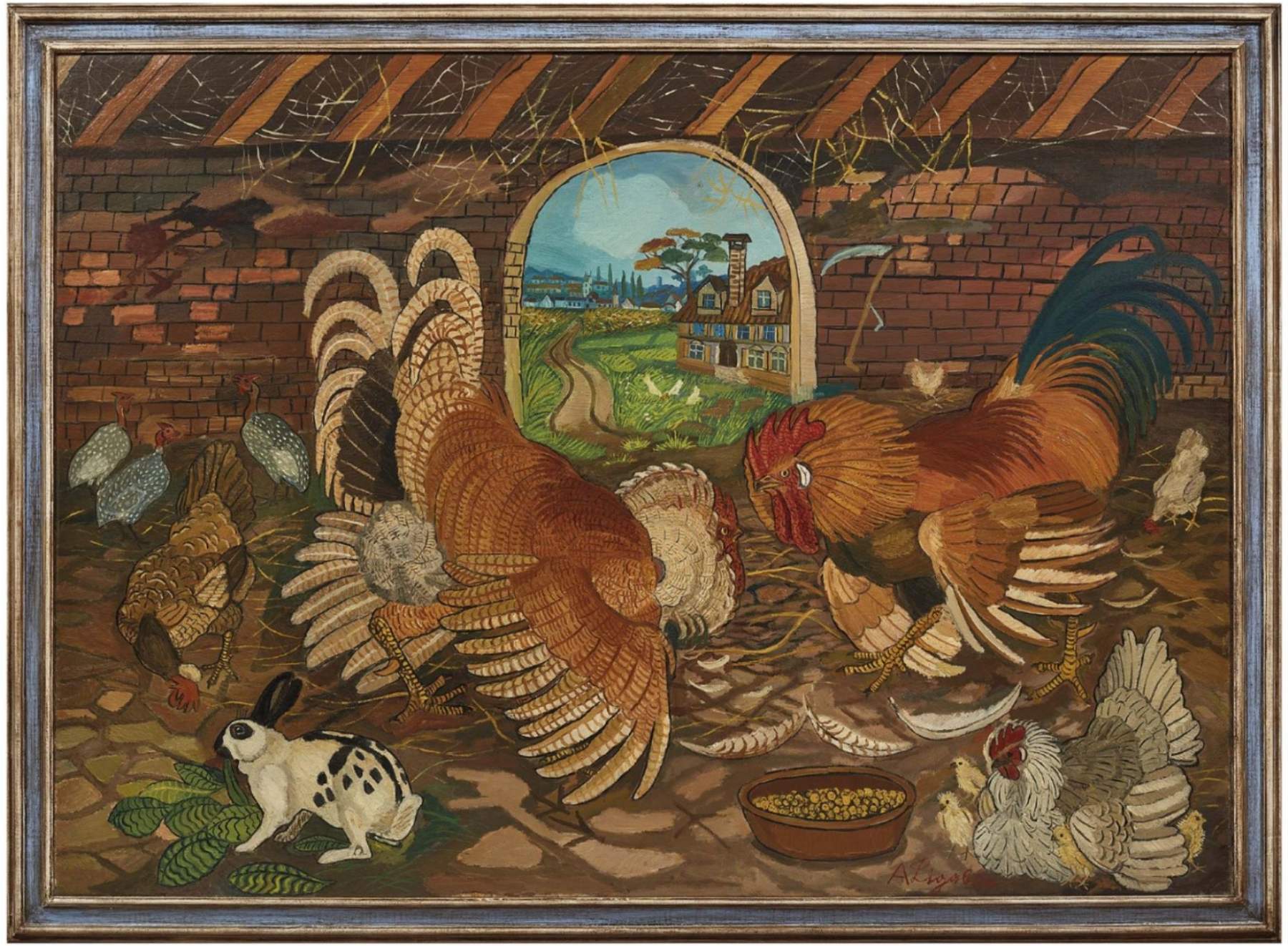
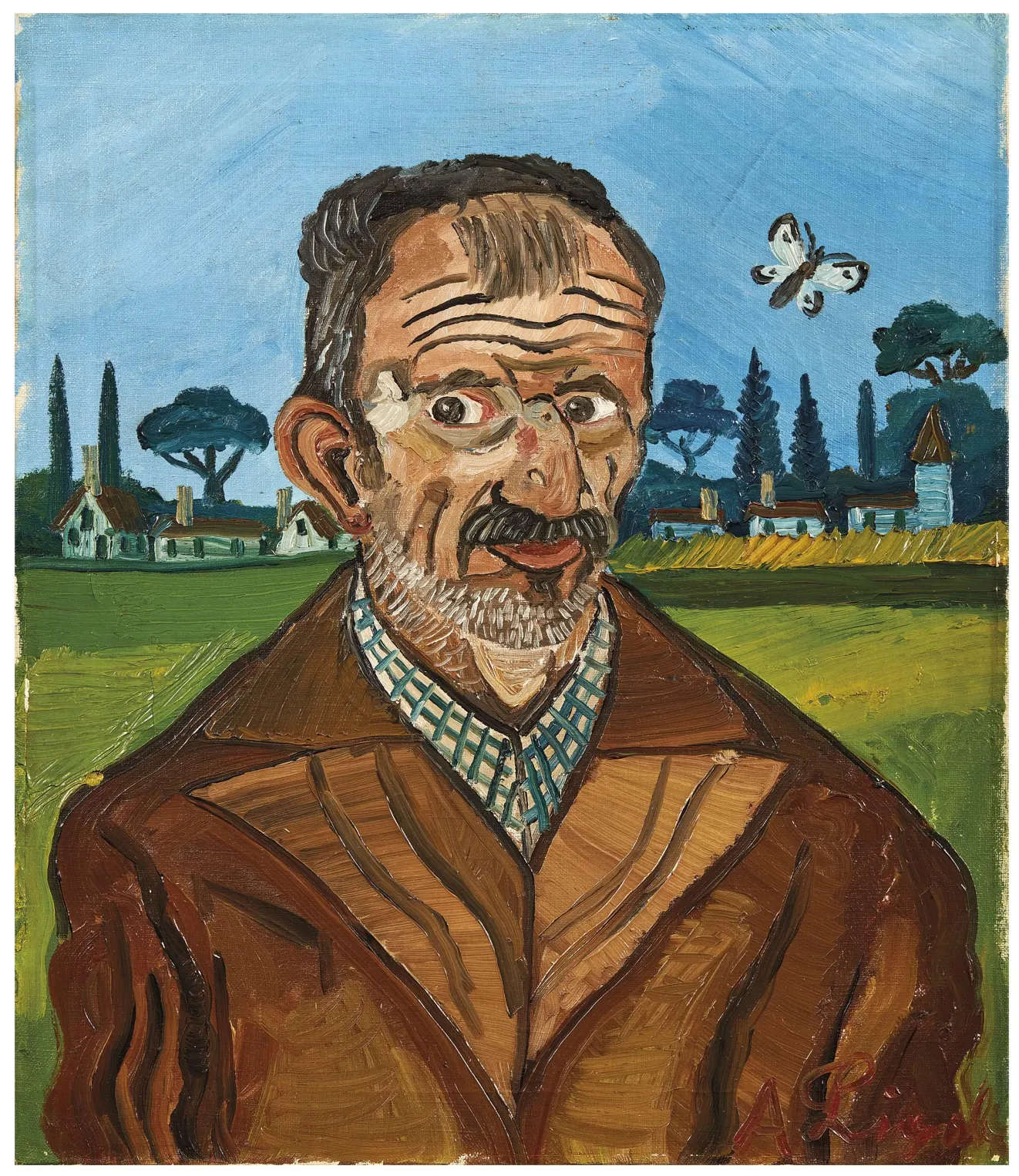
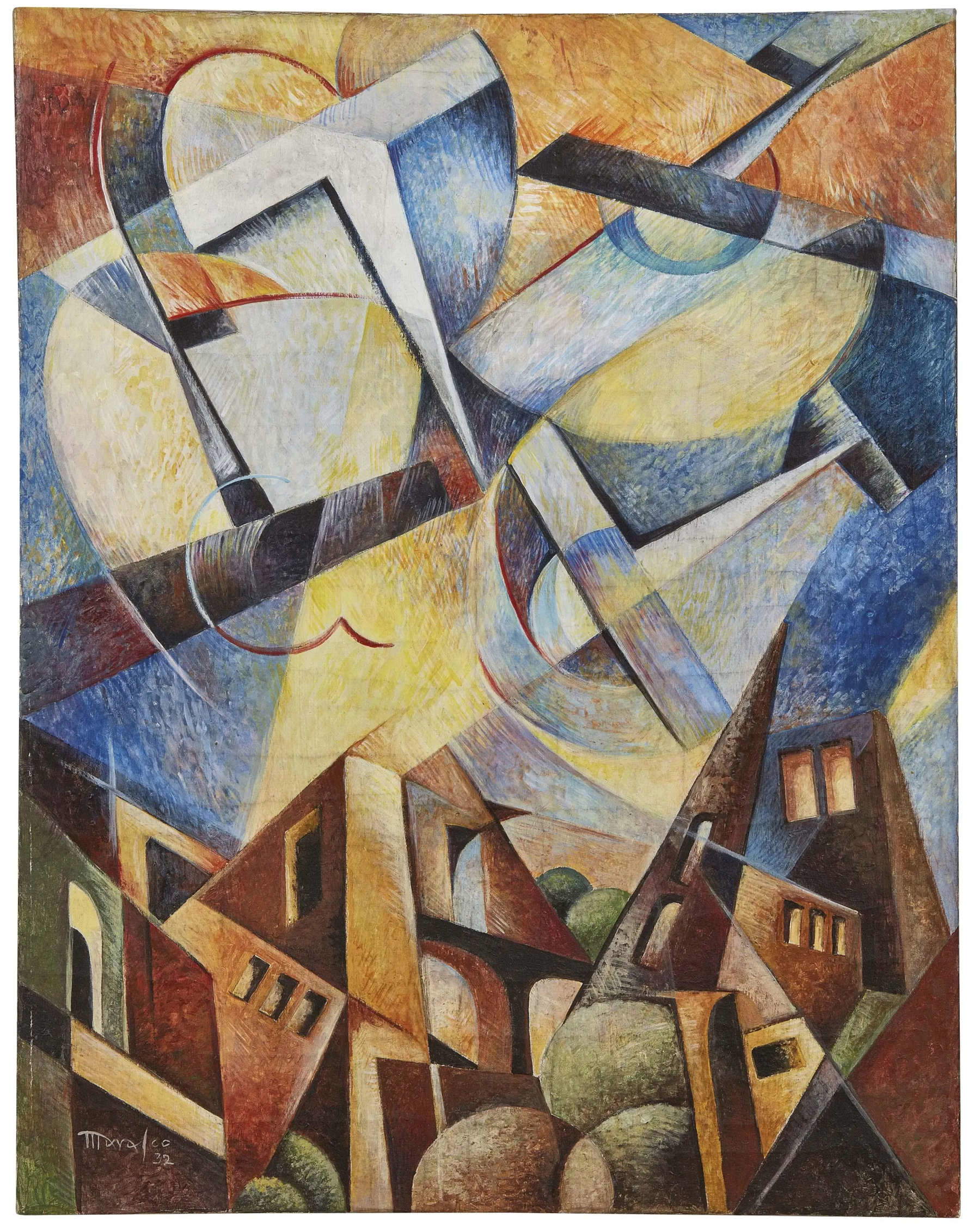
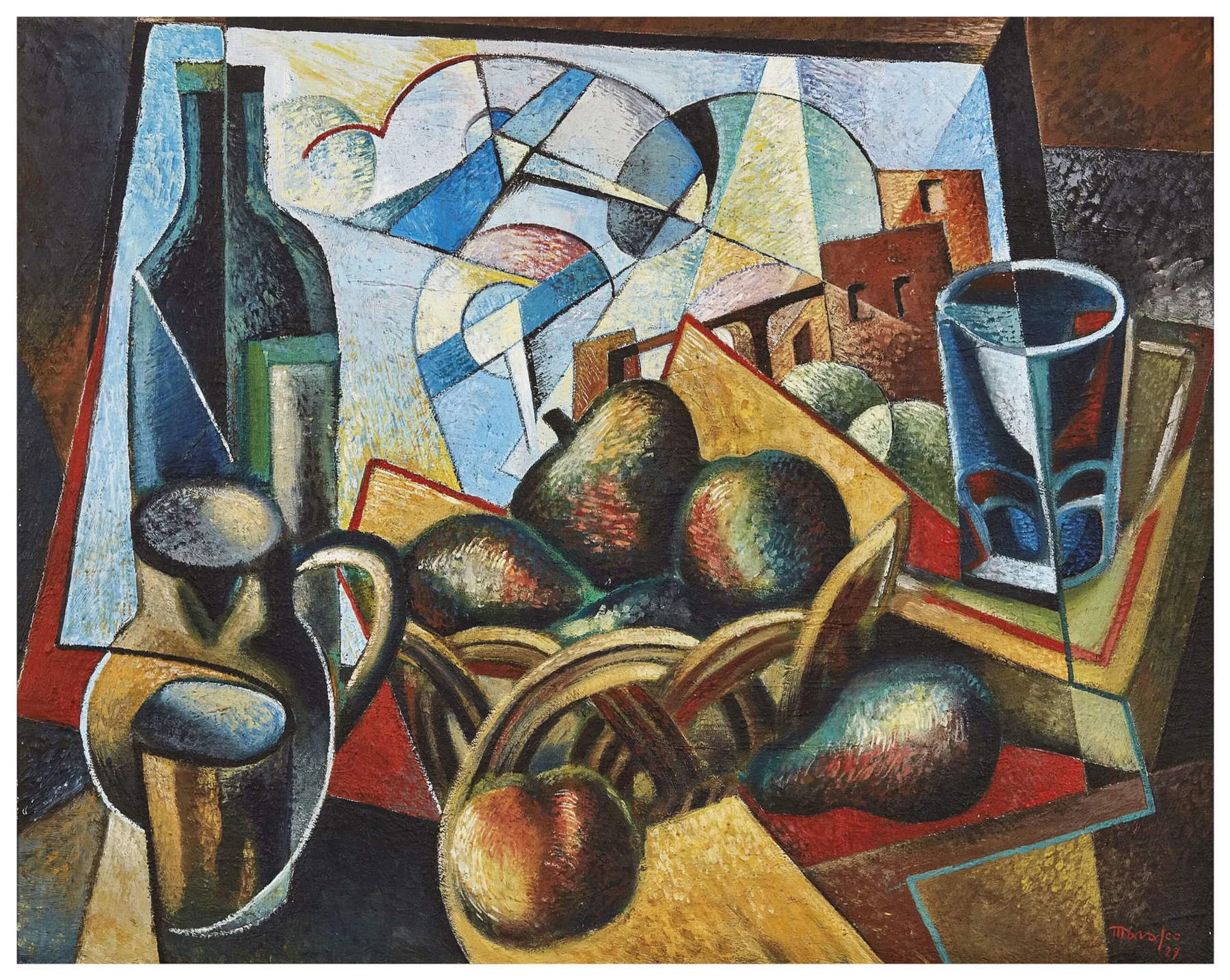
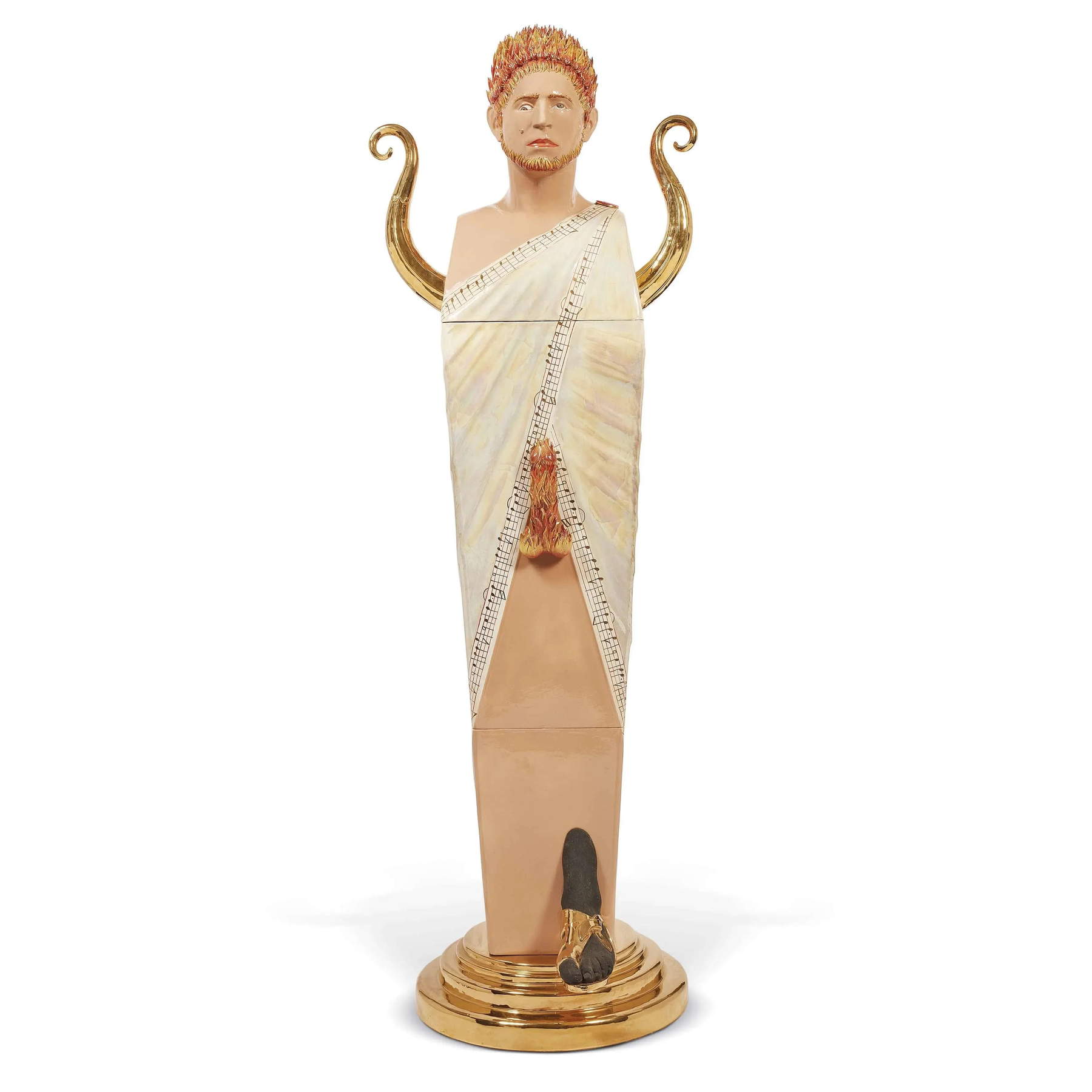
If someone wanted to start creating a collection dedicated to the twentieth century, what advice would you give them?
I would advise initially to figure out which period, movement and type of art you are most interested in: sculpture, painting, photography and so on, and study the artists or movements that we feel best suit our tastes and feelings. Another tip is to rely on advisors who can assist in choosing and understanding what the real market values are. Staying constantly informed is obviously a good way to understand whether the values of one’s works are stable or there are ongoing fluctuations to monitor to see if it may be a good time to buy or sell. My advice is definitely to rely on an industry professional with an established and recognized history, including auction houses.
But what about those on a tight budget? Is it possible to create a collection on modern and contemporary?
Absolutely, the department organizes a series (about six a year) of online auctions, currently curated by my assistant Carolina Santi. Each work is accompanied by a card and condition report and, of course, high-resolution photographs, just like for the classical auctions, which are held twice a year instead. The difference is that for the online auctions the works are not visible on display and are offered at attractive values. One can find paintings, sculptures, drawings, ceramics, multiples and more. While for the classic ones, the works are displayed in the Milan location in the days before the auction, consulting our website you can find all the information.
Speaking of the international market, let’s talk about the great Italian artists: in the modern and contemporary, from Fontana on down, there are beginning to be several names of Italian artists seen in international auctions. How important do you think it is that works by Italian artists also circulate abroad and in auctions held outside our country? Can greater circulation be good for our market as well?
It is certainly important for the artist, and reflexively for the domestic market as well, because the international result leads collectors and insiders to appreciate or rediscover the artist. Once the international market (America, England and China) decrees the success of an artist, it becomes important for the domestic market as well. Sometimes we lack the sensitivity and ability to see beyond that. Art has always represented for society the ability to elevate itself spiritually and socially. Today more than ever, art represents a source of investment that has found more and more followers in recent years. Works represent a safe haven asset regulated by a very fluctuating market, values can change even in a short time or vice versa it can take many years for the market to recognize the value of artists forgotten over time. I always advise, therefore, to buy what excites, what pleases even if it is only on an aesthetic level.
For the future, what will Pandolfini’s modern and contemporary department focus or concentrate on?
I will try, as always, to give the best, for me it is important to be able to give a quality service both to those who entrust us with works and to those who buy them, building customer loyalty more and more and proposing works that are of high quality.
Warning: the translation into English of the original Italian article was created using automatic tools. We undertake to review all articles, but we do not guarantee the total absence of inaccuracies in the translation due to the program. You can find the original by clicking on the ITA button. If you find any mistake,please contact us.






